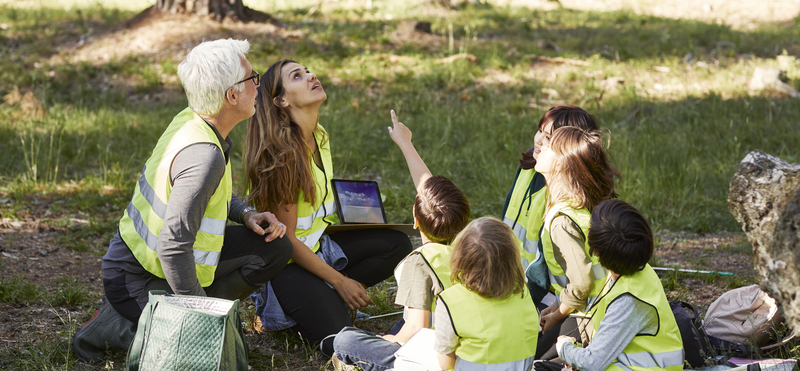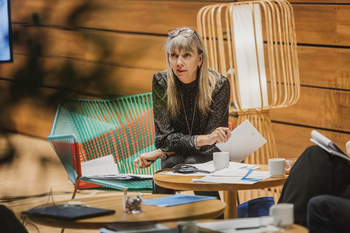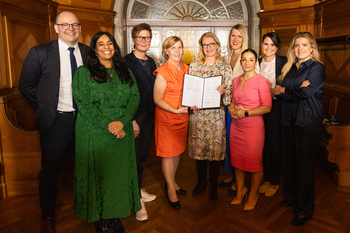Joint action on sustainable development, gender equality and children and young people

Sustainable development, gender equality and a child rights and youth perspective are three cross-cutting and central Nordic values that are key for Nordic co-operation as a whole. By taking into account and strengthening the integration or mainstreaming of these horizontal perspectives, we help to ensure that the work of the Nordic Council of Ministers is sustainable, equal, inclusive, representative and accessible. The responsibility to take these perspectives into account extends to everyone working for or on behalf of the Nordic Council of Ministers, regardless of policy area.
What is mainstreaming?
Mainstreaming or integration is a strategy for achieving cross-cutting objectives. Mainstreaming means that everyone working for or on behalf of the Nordic Council of Ministers must analyse their work, budgets and plans from the perspectives of sustainable development, gender equality and children and young people, and let their decisions be influenced by the analysis.
Why is mainstreaming important?
The work of the Nordic Council of Ministers affects the lives of people in the Nordic Region. We take action to make everyday life easier for the Nordic people, we bring Nordic stakeholders together to learn from each other, and we produce knowledge and solutions that support societal development in the Nordic countries. It is therefore important that we ensure that our work is sustainable, equitable, inclusive, representative and accessible.
The Nordic Council of Ministers' high ambitions for mainstreaming are based on, and contribute to, the Nordic countries' international commitments within the UN Sustainable Development Goals, the UN Convention on the Rights of the Child and the UN Convention on the Elimination of All Forms of Discrimination Against Women. These ambitions are also reflected by the fact that the Nordic Council of Ministers is one of the first organisations to bring together the three horizontal perspectives in a single policy.
Nordic Council of Ministers policy for mainstreaming sustainable development, gender equality, and a child rights and youth perspective lays down the principles and responsibilities for mainstreaming. Successful integration of these perspectives is a prerequisite for achieving the vision of the Nordic Region becoming the most sustainable and integrated region in the world by 2030. Integration is a shared responsibility. That is why the Nordic Ministers for Co-operation (MR-SAM) adopted this comprehensive policy on 23 June 2020.
The guidance for mainstreaming the horizontal perspectives supports those working for or on behalf of the Nordic Council of Ministers in their mainstreaming work. It puts mainstreaming in a broader context and provides a step-by-step guide. The guidance gives you tools to explore perspectives related to sustainable development, gender equality, and children and young people in your particular area.
When the Nordic Council of Ministers involves children and young people directly in its work, there is a set of guiding principles and approaches to follow. A deeper guide into integrating a children's and young people's perspectives can be found in Are you wearing the right glasses? and Do Rights!
The Nordic Council of Ministers reports on its work on gender equality every year and on children and young people as well as disability cooperation every other year. These reports allow us to look back at what we have achieved in mainstreaming the horizontal perspectives, but also help point the way to what we need to do more of in the future and how mainstreaming can be improved.
The budget for the Nordic Council of Ministers shows the budgetary lines and areas in which special efforts are made to contribute to the three horizontal perspectives. These efforts are highlighted with icons.



